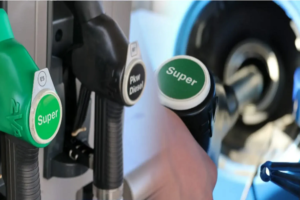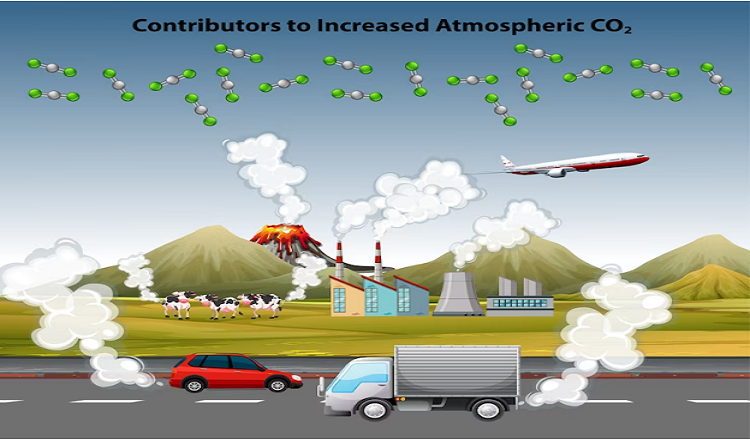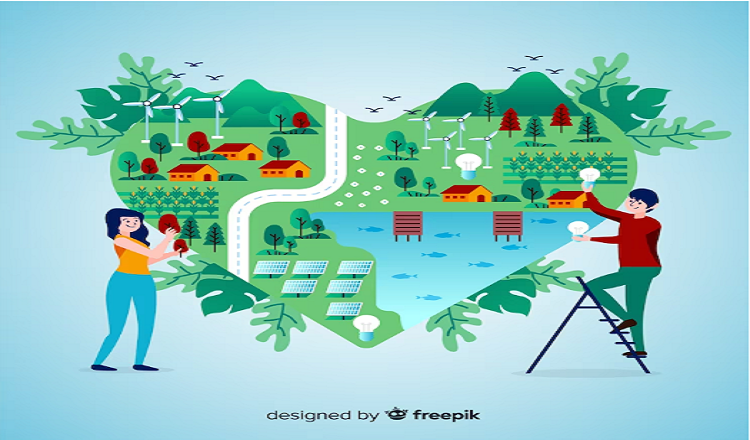Welcome to this blog about “Endangered Species Face Growing Threats From Human Activity” in the USA. It is both educational and humorous. Even though we humans like to believe that we are the most intellectual species on the world, the survival of many other species is severely impacted by our activities. Our actions are significantly reducing the number of endangered species in the United States, from habitat degradation to pollution, climate change to overfishing and hunting.
Because they increase the diversity of our planet and are essential to preserving the ecological balance, endangered species are significant. They also give us resources like food, medicine, and other things, among other things. The number of endangered species is, however, quickly decreasing as a result of human activities, and their future is uncertain.
This blog strives to raise awareness of the dangers that US human activity poses to endangered species. We will examine the various ways that human activity is affecting the survival of these species, from the degradation of natural habitats to the introduction of alien species. We will also talk about how crucial it is to take action to safeguard endangered species and the conservation efforts being undertaken for them. Stay tuned to find out more about this important topic and what we can do to change it.
Destruction of habitat
In the USA, habitat loss brought on by human activities like deforestation, urbanisation, and agriculture poses a serious threat to endangered species. We are obliterating many species’ natural habitats as we keep building more towns, clear land for farming, and clear forests. The survival of endangered species is severely impacted by this, which eventually causes their decline and eventual extinction.
For instance, the survival of the Florida panther, which is currently considered critically endangered, has been significantly impacted by the degradation of forests and wetlands. The Mississippi gopher frog, one of the rarest amphibians in North America, has suffered greatly from habitat loss brought on by urbanisation and agriculture. The Northern Spotted Owl’s population has also decreased as a result of habitat loss brought on by deforestation, and it is currently considered threatened.
According to statistics, the main reason for species loss and extinction in the USA is habitat damage. It is imperative that we act now to safeguard and preserve these habitats before it is too late since human activities continue to take precedence over the preservation of endangered species and their habitats.
Changing Climate
In the USA, endangered species are significantly impacted by climate change. Many species’ habitats and behaviours are being impacted by shifting precipitation patterns, rising temperatures, and other climatic conditions. For instance, as the Arctic warms, polar bears are losing their sea ice home, while coral reefs are bleaching as a result of rising ocean temperatures.
Climate change is altering endangered species’ food sources and migration patterns in addition to their habitats. For instance, adjustments to the timing and availability of food sources have interrupted the whooping crane’s mating and migrating cycles.
It is commonly known that human activity causes climate change. Global warming and climate change are caused by greenhouse gases, which are released when fossil fuels like coal, oil, and gas are used. To lessen the effects of climate change on endangered species and their habitats, we must reduce our reliance on fossil fuels and switch to sustainable energy sources.
Pollution
In the USA, pollution caused by human activity poses a serious threat to endangered species. Pollutants are released into the air, water, and soil by sources like factories, automobiles, and agricultural runoff, which have an impact on the health and survival of many species. For instance, contaminants like pesticides and fertilisers can poison waterways and cause fish and other aquatic creatures to perish.
Animals’ respiratory systems and reproductive systems can both be harmed by air pollution. For example, lead poisoning from swallowing shards of lead hunting bullets almost drove the California condor to extinction.
To safeguard endangered animals and their habitats, pollution must be reduced. To cut emissions and improve waste management, people, businesses, and governments must work together. By doing this, we may contribute to preserving the clean air, water, and soil that endangered species need to survive and enhance the biodiversity of our planet.
Hunting and overfishing
The survival of endangered species in the USA is seriously threatened by overfishing and hunting. For instance, the population of the severely endangered North Atlantic right whale has decreased as a result of overfishing. Similar to wolves, wolf hunting in some locations has caused a population drop, impacting the ecology as a whole.
Overfishing is a hazard to sharks as well. Some cultures view their fins as a delicacy, which has led to exploitation and the endangered status of many shark species.
To safeguard endangered species, measures are being taken to control, minimise, and prohibit overfishing and hunting. As an illustration, the National Oceanic and Atmospheric Administration (NOAA) has put in place rules to cut down on overfishing, and hunting of some species, like wolves, is now either outlawed or strictly controlled. To guarantee the survival of these species and safeguard their habitats, further work must be done. To stop future endangerment of these species, it is critical to keep an eye on and control hunting and fishing practises.
Exotic Species
Native species in the USA are seriously threatened by invasive species that humans have introduced. Zebra mussels, Burmese pythons, and Japanese knotweed are examples of invasive species that outcompete native species for resources and change the habitats of these species. For instance, Burmese pythons that were released into the Florida Everglades are causing a fall in the populations of local species like birds and mammals by preying on them.
Additionally, invasive species can harm human health and create financial loss. Zebra mussels, for instance, might obstruct water intake pipes, which will reduce water supply and raise maintenance expenses.
Invasive species control and eradication efforts use a variety of techniques, such as physical removal, chemical treatment, and biological control. Protecting indigenous species and restoring their ecosystems depend on these initiatives. Invasive species can be kept out of an area by raising awareness and promoting education about their effects.
Conservation initiatives
To stop future decline and ensure the survival of endangered species in the USA, conservation activities are essential. These initiatives consist of campaigns for public education and awareness, captive breeding programmes, and habitat restoration.
The bald eagle, grey wolf, and American alligator are just a few of the endangered species that have benefited from effective conservation efforts. For instance, the Endangered animals Act has aided in the population restoration of animals like the grey whale and the California condor.
The preservation of endangered animals and their habitats depends on ongoing conservation efforts. In order to lessen the impact of the continuous threats to these species, people, organisations, and governments must work together. By preserving endangered species, we are also preserving our planet’s biodiversity, which is necessary to keep an ecosystem in good shape.
Conclusion
In conclusion, human activity such as habitat degradation, pollution, overfishing, hunting, climate change, and invasive species pose a growing threat to endangered species in the USA. These dangers have a negative impact not only on the ability of these species to survive, but also on the health of the ecosystems on our planet and the welfare of humans.
By putting conservation measures in place that attempt to lessen the effects of human activities on their environments, endangered animals can be protected. This covers initiatives to lessen the consequences of climate change, control invasive species, control overfishing and overhunting, and reduce pollution.
Individuals can also make a difference by lowering their carbon footprint, supporting sustainable practises, and raising awareness among themselves and others about the value of preserving endangered animals and their habitats.
We can safeguard endangered animals in the United States and around the world by banding together. It is our duty to make sure that these species endure for upcoming generations. Act now to support conservation efforts and safeguard the variety of life on Earth.
Read More You May Like:











